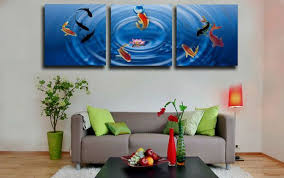jewelry
HISTORY OF ORIGIN AND DEVELOPMENT OF ART OF ENAMEL (part 1)
 The history of enamel art, as well as jewelry, has more than three thousand years of history. When and where was the first enameling, i.e. colored glass in the molten state is connected to metal, it is impossible to determine exactly. Higgins in the description of Greek and Roman jewelry mentions the earliest works with enamel.
The history of enamel art, as well as jewelry, has more than three thousand years of history. When and where was the first enameling, i.e. colored glass in the molten state is connected to metal, it is impossible to determine exactly. Higgins in the description of Greek and Roman jewelry mentions the earliest works with enamel.
For example, in Mykonos (Greece), metal objects were found with soldered glass plates painted in blue, made between 1425 and 1300. BC. These items can be considered the oldest of the known finds. From the 6th century BC e. Greeks systematically deposited enamel on gold jewelry. Continue reading
modest
performance
sixties
soldiers
snowflakes
artists
absolutely
phenomenon
characteristic
unshakable
watercolors
returned
festivals
technique
landscape
movements
sepia
technologies
decorative
workshop
various
development
period
enthusiasm
background
finally
creation
members
combination
density
subsequent
emergence
troubles
canvas
communal
school
student
reproduction
documentary
landscapes
Museum
musician
available
resistant
traditions
selection
harmony
distinguished
community
arrogance
institution
transmitted
professional
until
again left
manufacture
province
contact
milestone
minerals
different
educational
number
ideological
composition
photography




